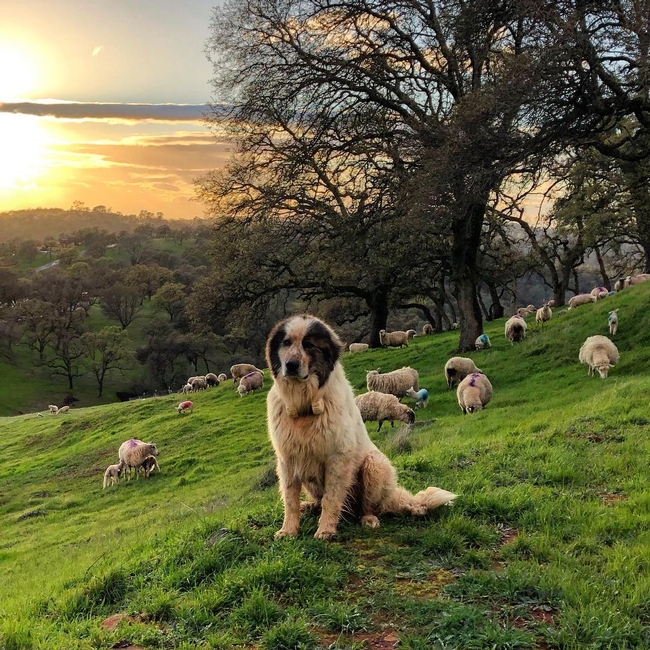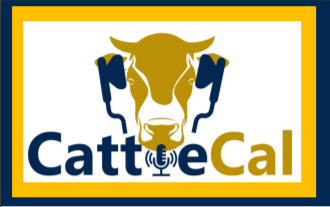- Author: John M Harper
|
- Author: John M Harper
News from USDA. Also check out the Livestock Forage Program (LFP) at: https://www.fsa.usda.gov/Assets/USDA-FSA-Public/usdafiles/FactSheets/livestock_forage_program_lfp-fact_sheet.pdf
WASHINGTON, September 8, 2021— In response to the severe drought conditions in the West and Great Plains, the U.S. Department of Agriculture (USDA) announced today its plans to help cover the cost of transporting feed for livestock that rely on grazing. USDA is updating the Emergency Assistance for Livestock, Honey Bees and Farm-raised Fish Program (ELAP) to immediately cover feed transportation costs for drought impacted ranchers. USDA's Farm Service Agency (FSA) will provide more details and tools to help ranchers get ready to apply at their local USDA Service Center later this month at fsa.usda.gov/elap.
“USDA is currently determining how our disaster assistance programs can best help alleviate the significant economic, physical and emotional strain agriculture producers are experiencing due to drought conditions,” said Agriculture Secretary Tom Vilsack. “The duration and intensity of current drought conditions are merciless, and the impacts of this summer's drought will be felt by producers for months to come. Today's announcement is to provide relief as ranchers make fall and winter herd management decisions.”
ELAP provides financial assistance to eligible producers of livestock, honeybees, and farm-raised fish for losses due to disease, certain adverse weather events or loss conditions as determined by the Secretary of Agriculture.
ELAP already covers the cost of hauling water during drought, and this change will expand the program beginning in 2021 to cover feed transportation costs where grazing and hay resources have been depleted. This includes places where:
- Drought intensity is D2 for eight consecutive weeks as indicated by the U.S. Drought Monitor;
- Drought intensity is D3 or greater; or
- USDA has determined a shortage of local or regional feed availability.
Cost share assistance will also be made available to cover eligible cost of treating hay or feed to prevent the spread of invasive pests like fire ants.
Under the revised policy for feed transportation cost assistance, eligible ranchers will be reimbursed 60% of feed transportation costs above what would have been incurred in a normal year. Producers qualifying as underserved (socially disadvantaged, limited resource, beginning or military veteran) will be reimbursed for 90% of the feed transportation cost above what would have been incurred in a normal year.
A national cost formula, as established by USDA, will be used to determine reimbursement costs which will not include the first 25 miles and distances exceeding 1,000 transportation miles. The calculation will also exclude the normal cost to transport hay or feed if the producer normally purchases some feed. For 2021, the initial cost formula of $6.60 per mile will be used (before the percentage is applied), but may be adjusted on a state or regional basis.
To be eligible for ELAP assistance, livestock must be intended for grazing and producers must have incurred feed transportation costs on or after Jan. 1, 2021. Although producers will self-certify losses and expenses to FSA, producers are encouraged to maintain good records and retain receipts and related documentation in the event these documents are requested for review by the local FSA County Committee. The deadline to file an application for payment for the 2021 program year is Jan. 31, 2022.
Additional USDA Drought Assistance
USDA has authorized other flexibilities to help producers impacted by drought. USDA's Risk Management Agency (RMA) extended deadlines for premium and administrative fee payments and deferred and waived the resulting interest accrual to help farmers and ranchers through widespread drought conditions in many parts of the nation. Additionally, RMA authorized emergency procedures to help streamline and accelerate the adjustment of losses and issuance of indemnity payments to crop insurance policyholders in impacted areas and updated policy to allow producers with crop insurance to hay, graze or chop cover crops at any time and still receive 100% of the prevented planting payment. This policy change supports use of cover crops, which improves soil health can help producers build resilience to drought.
Meanwhile, USDA's Natural Resources Conservation Service (NRCS) provides technical and financial assistance to improve irrigation efficiency and water storage in soil, helping producers build resilience to drought. In response to drought this year, NRCS targeted $41.8 million in Arizona, California, Colorado and Oregon through Conservation Incentive Contracts, a new option available through the Environmental Quality Incentives Program, focused on drought practices.
USDA offers a comprehensive portfolio of disaster assistance programs. On farmers.gov, the Disaster Assistance Discovery Tool, Disaster Assistance-at-a-Glance fact sheet, and Farm Loan Discovery Tool can help producers and landowners determine all program or loan options available for disaster recovery assistance.
More Information
More information on this expansion to ELAP is forthcoming. In the meantime, more information is available at fsa.usda.gov/elap or by contacting a local USDA Service Center.
- Author: John M Harper
UCCE Looking to Document LGD Bonding Techniques 
The process of bonding livestock guardian dogs with livestock is crucial to their success as adult dogs. However, little if any research-based information is available on bonding techniques.
University of California Cooperative Extension Human-Wildlife Interactions Advisor Carolyn Whitesell and UCCE Livestock and Natural Resources Advisor Dan Macon have developed a producer survey designed to document the types of bonding processes used by commercial livestock producers. The researchers hope to build greater understanding regarding the approaches that result in successful bonding – and those that do not.
Project cooperators will complete a short online or telephone survey when they start the bonding process with a new pup. Follow-up surveys will be conducted monthly until the bonding process is completed. Surveys should take 10 to 15 minutes to complete. All responses will remain confidential.
If you're starting a livestock guardian dog puppy in the next year and would be willing to participate in this project, contact Macon at dmacon@ucanr.edu or 530-889-7385.
Click Here for more information.
- Author: John M Harper
If you're interested in feeding cattle you're in for a treat! Colleagues of mine, in SoCal are producing an excellent newsletter and podcast called CattleCal. It's a joint effort by Pedro Carvalho, PhD, Assistant Cooperative Extension Specialist in Feedlot Management and Brooke Latack, UCCE Livestock Advisor - Imperial, Riverside, and San Bernardino Counties. 
Their podcast is available on Spotify and ITunes. You can subscribe to the newsletter at http://ceimperial.ucanr.edu/news_359/CattleCal_483/.
Here's a link to one of the May Spotify podcasts:
“Feedlot Research”
https://open.spotify.com/episode/2Nxnf2b6kbbwNYuDgQ6paO
Hope you find it interesting. Let me know what you think.
- Author: John M Harper
This is another press release from USDA that provides updates to the Covid19 pandemic assistance program for livestock, poultry contract producers and specialty crop growers.


